Premium Only Content

Spraying with a Helicopter
Although we have seen crop-spraying drones before, the Agro is reportedly able to cover much more ground per charge. This is said to be due to its in-house-designed battery, along with its power-saving speed control systems – one charge is good for a claimed 15 minutes of flight time, or coverage of about 2 acres (0.8 hectares).
Additionally, the drone is capable of carrying more pesticide than most others. It has a capacity of 60 liters (15.8 US gal), as opposed to the more typical 10 to 15 liters.
Flying over vineyards autonomously, the Agro uses downward-facing radar to maintain a constant height above the plants – even on sloping hillsides. This reportedly allows for much more precise application of pesticide than is possible using a higher-flying helicopter. As a result, less pesticide needs to be applied, which is both cost-effective and (relatively) better for the environment.
Straupenieks tells us that AirBoard has started deploying its drones in European vineyards this year, as a pay-per-use service. And while manual spraying by ground-based workers is certainly another alternative to helicopters, Elviss says that his product is much faster, and minimizes laborers' exposure to hazardous chemicals.
They can treat more fields on an hourly basis, fly closer to the fields and do not have to travel back and forth to an airport for product or refuelling. Helicopters are also able to fly slower than a plane, 60 mph (100 km/h) compared to 120 mph (200 km/h), allowing them to get closer to obstacles because they do not have to pull up as soon. And in Ontario, where field sizes are smaller and other impediments such as tree lines, buildings, hydro lines and radio towers surround farmland, agility is paramount.
To ensure efficacious application, pilots are trained to understand the specific product labels so that all applications are made in accordance with the label directions, including water volume, product rate, droplet size and height above the crop. For example, recommends that Headline fungicide be applied at a 10-foot release height and sprayed when the wind speed is less than 15 mph (24 km/h). According to these recommendations are based on research done by to determine which height and wind speed will provide optimal coverage.
Aerial application is not always possible, and there are a number of products that are not registered for aerial application and a number of areas where applicators cannot fly. However, it does provide an excellent alternative to ground application, particularly if there are spraying constraints due to timing or weather conditions.
Aerial application, or what was formerly referred to as crop dusting, involves spraying crops with crop protection products from an agricultural aircraft. Planting certain types of seed are also included in aerial application. The specific spreading of fertilizer is also known as aerial topdressing in some countries. Many countries have severely limited aerial application of pesticides and other products because of environmental and public health hazards like spray drift; most notably.
Agricultural aircraft are highly specialized, purpose-built aircraft. Today's agricultural aircraft are often powered by turbine engines of up to 1500 hp and can carry as much as 800 US gallons (3,000 l) of crop protection product. Helicopters are sometimes used, and some aircraft serve double duty as water bombers in areas prone to wildfires.
-
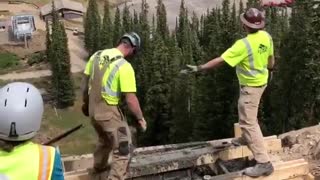 0:45
0:45
ViralHog
6 years agoPouring Concrete Foundations with a Helicopter
42 -
 0:10
0:10
SubwayCreatures
6 years agoWoman spraying herself with water and air
3 -
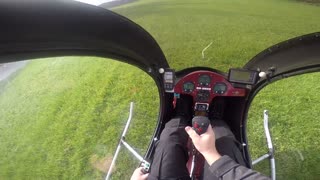 9:34
9:34
amar60
6 years ago $0.01 earnedMosquito helicopter
136 -
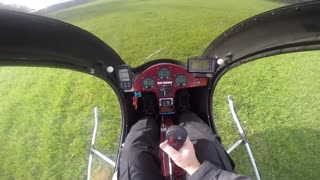 9:34
9:34
Airspace2
6 years agoMosquito Helicopter, the smallest helicopter in the world
86 -
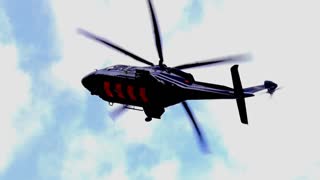 0:42
0:42
TJAlex
6 years agoHelicopter acrobatic
16.6K2 -
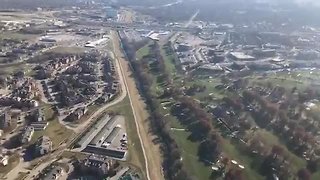 9:24
9:24
KMTV
6 years agoRide along with Able One, OPD's helicopter fleet
-
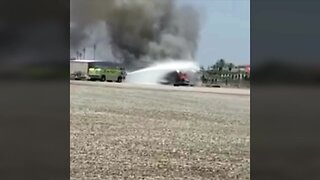 1:09
1:09
KGTV
6 years agoMiramar helicopter catches fire
56 -
 1:37
1:37
KMTV
6 years agoOPD Helicopter Crash
46 -
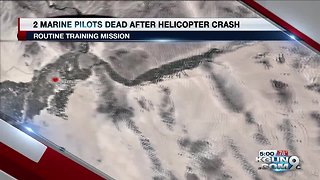 0:23
0:23
KGUN
6 years agoMarine Pilots Helicopter Crash
96 -
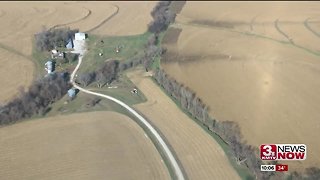 1:20
1:20
KMTV
6 years agoAble One, OPD's helicopter fleet, assists with rural searches
7